The art of the textile label: how British mill-made cloth sold itself to Indian buyers
An exhibition of Indo-British textile labels at the Museum of Art & Photography (MAP) in Bengaluru is a journey through colonial desire and the design of mass persuasion
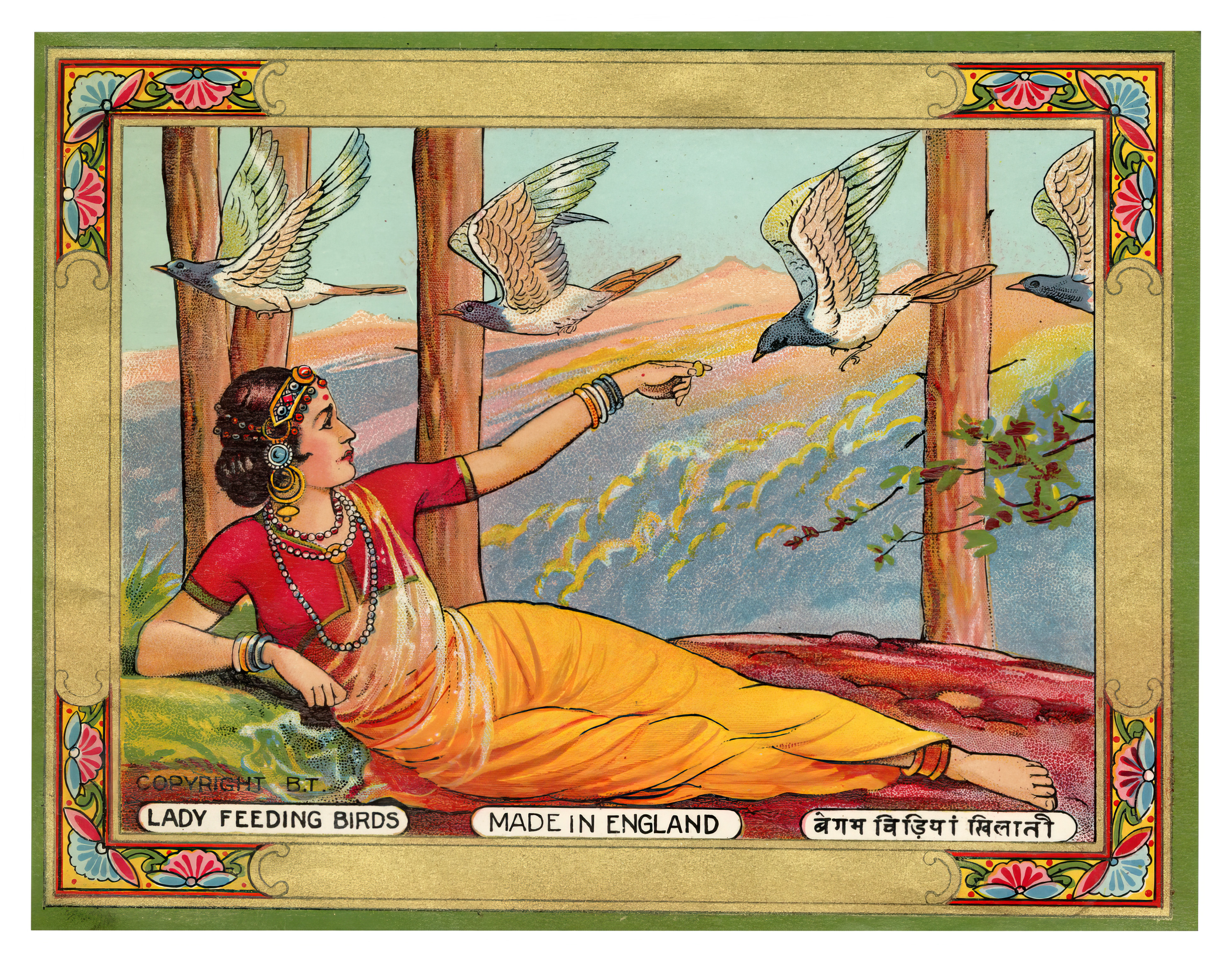
Tucked into the inside of every collar or seam is a quiet declaration: ‘Made in India.’ ‘100% Cotton.’ ‘Dry Clean Only.’ These stitched-in scripts graze the skin, but we rarely pause to consider them. Yet they speak – to our bodies, our desires, our sense of place and value. A few words and symbols tell us where a garment came from, how to care for it, what kind of body it was made to fit. Most of all, they say: trust me. And we do. Because trust, like style, is constructed – cultivated through repetition, ritual, and image. Every region, every era, every empire has had its own markers of credibility, often more visual than textual.
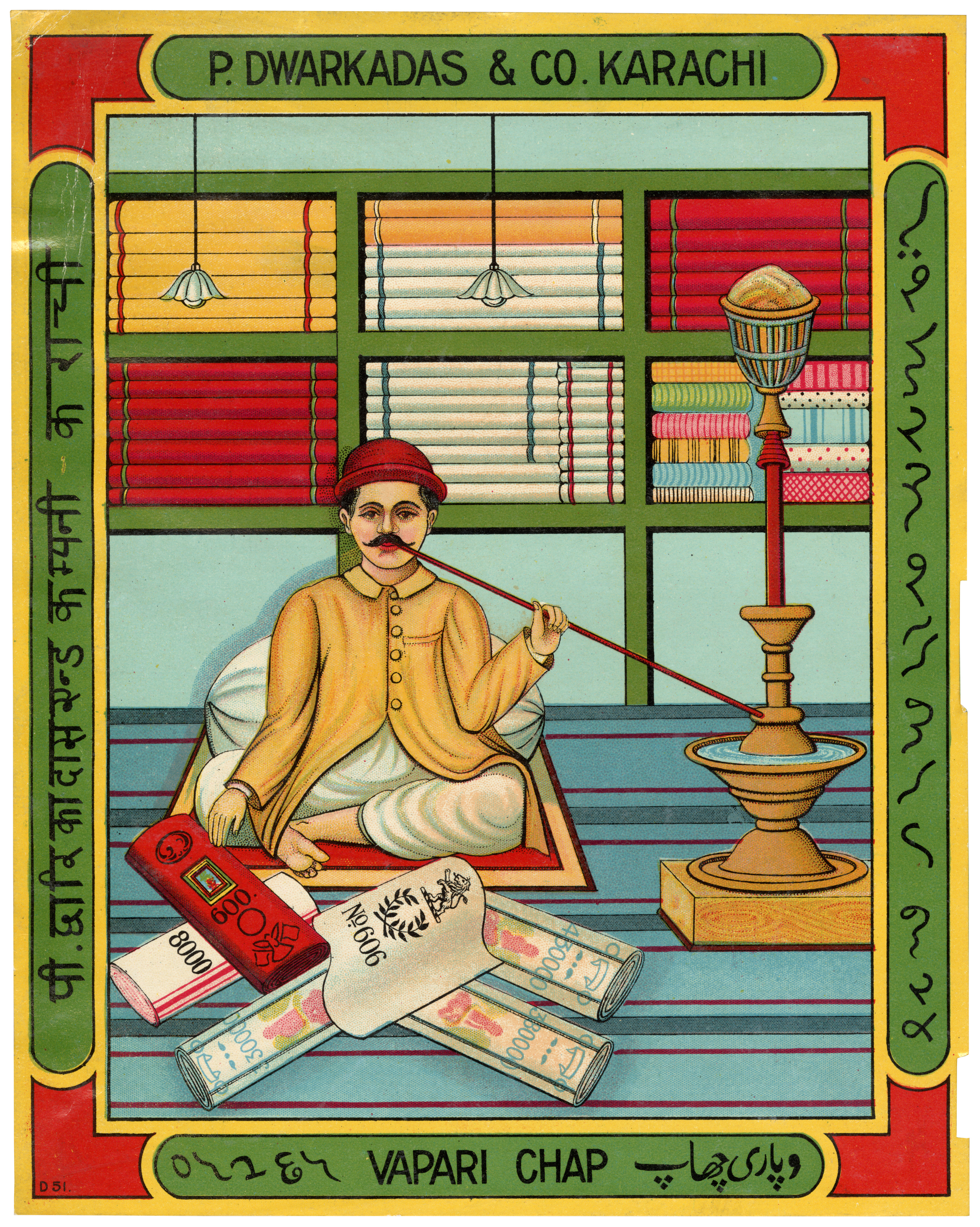
In colonial India, that trust was deliberately fabricated. As British textile mills flooded the subcontinent with factory-made cloth, labels – then known as tickets, chaap, tika, or shippers’ marks –became tools of seduction.
The exhibition ‘Ticket Tika Chaap: The Art of the Trademark in the Indo-British Textile’ at the Museum of Art & Photography (MAP), Bengaluru, brings these chromolithographed fragments into sharp focus. Featuring nearly 300 vividly printed labels alongside historical photographs, printed ephemera, and artwork, the exhibition looks at these tickets not just as legal trademarks or advertising gimmicks, but as aesthetic artefacts of a complex visual economy. Through gods and empires, monuments and tigers, these tags turned fabric into fantasy. They didn’t just sell cloth – they sold desire, invoking trust through motifs that were instantly recognisable, culturally specific, and emotionally resonant.
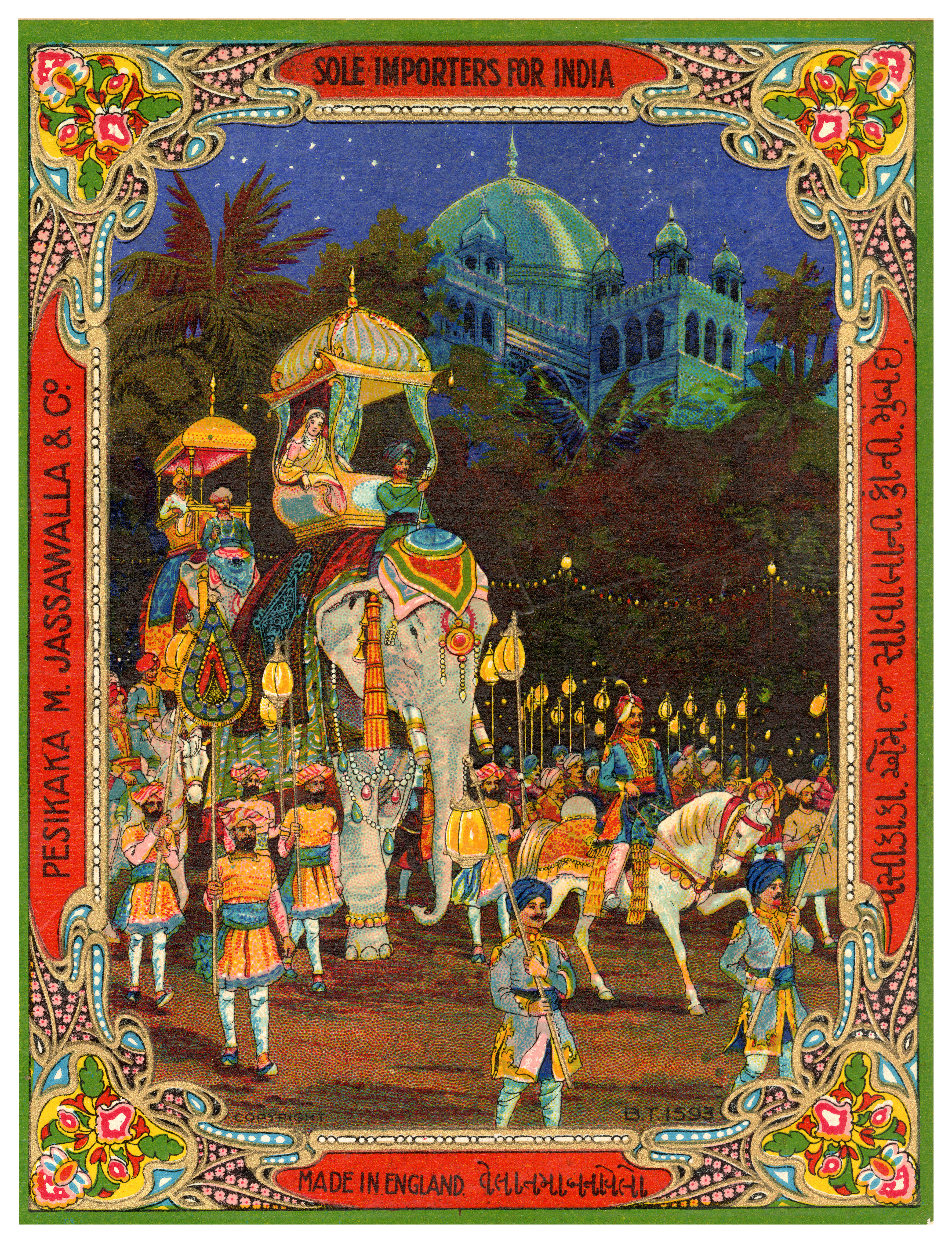
In a linguistically and culturally diverse marketplace, visuals did the heavy lifting. Hindu deities, Mughal architecture, British royals, and alpine scenes stood in for quality, authenticity, and aspiration. It didn’t matter that the fabric had little to do with the imagery. The label was a promise. In a way, it was the first thing we consumed –before we wore the cloth, we absorbed its story.
The rise of chromolithography – a 19th-century printing technology that enabled lush, colourful reproduction – helped labels become art objects in their own right. Some were repurposed as decoration or even venerated as sacred images. This exhibition reminds us that the label was never just about information; it was about influence. It mirrored the anxieties and ambitions of its time – colonial power masked in local iconography, mass production wrapped in intimate symbolism. As tools of branding, they charted the journey from handmade to machine-made, from the handloom to the factory, from identity to commodity.
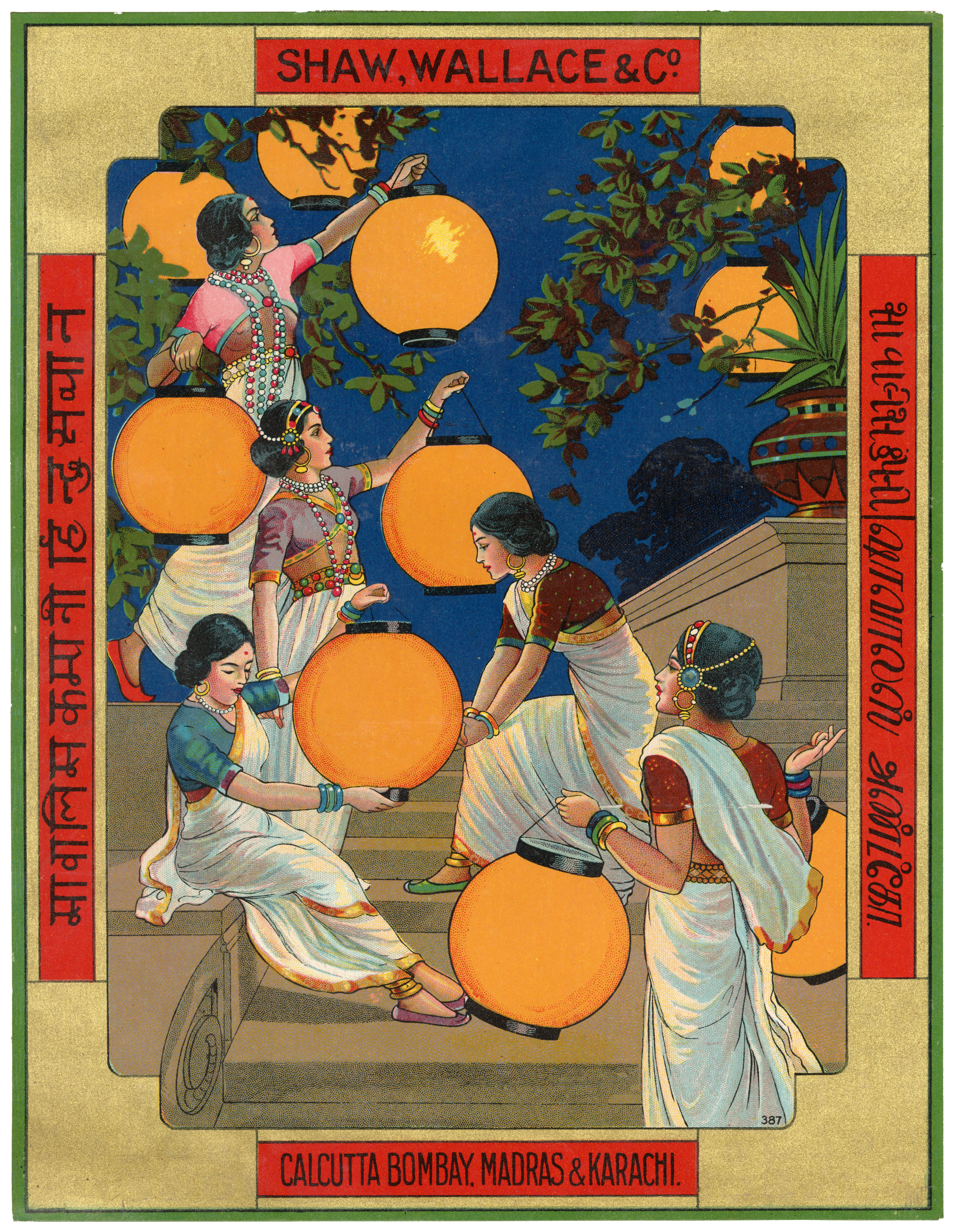
Yet, they remain strangely familiar. ‘Ticket Tika Chaap’ doesn’t just excavate a forgotten visual language; it situates it within the long arc of image-making and manipulation. Even now, labels work in similar ways. Fast fashion tags continue to declare origin, fibre, fit –while concealing extractive systems that rely on low-wage labour across South and Southeast Asia. The language of trust hasn’t disappeared; it has simply been rebranded. Sleek typography, minimalist logos, and eco-certifications are the new chaaps – meant to reassure us that what we buy is ethical, desirable, worthwhile.
Today’s labels still sit close to the skin, quietly asserting where a garment was made, by whom, and for what kind of body. This assertion hasn’t gone out of fashion. If anything, it’s taken on new weight. Even in the churn of fast fashion, the label remains –required, read, reckoned with. Its text is no longer invisible. As consumers grow more conscious of the hands behind their clothes, the label becomes a site of accountability, a mirror to the global garment economy, and a reminder that the threads that touch us are always tangled in history.
Wallpaper* Newsletter
Receive our daily digest of inspiration, escapism and design stories from around the world direct to your inbox.
‘Ticket Tika Chaap: The Art of the Trademark in the Indo-British Textile’ is at Museum of Art & Photography (MAP), Bengaluru, until November 2nd, 2025
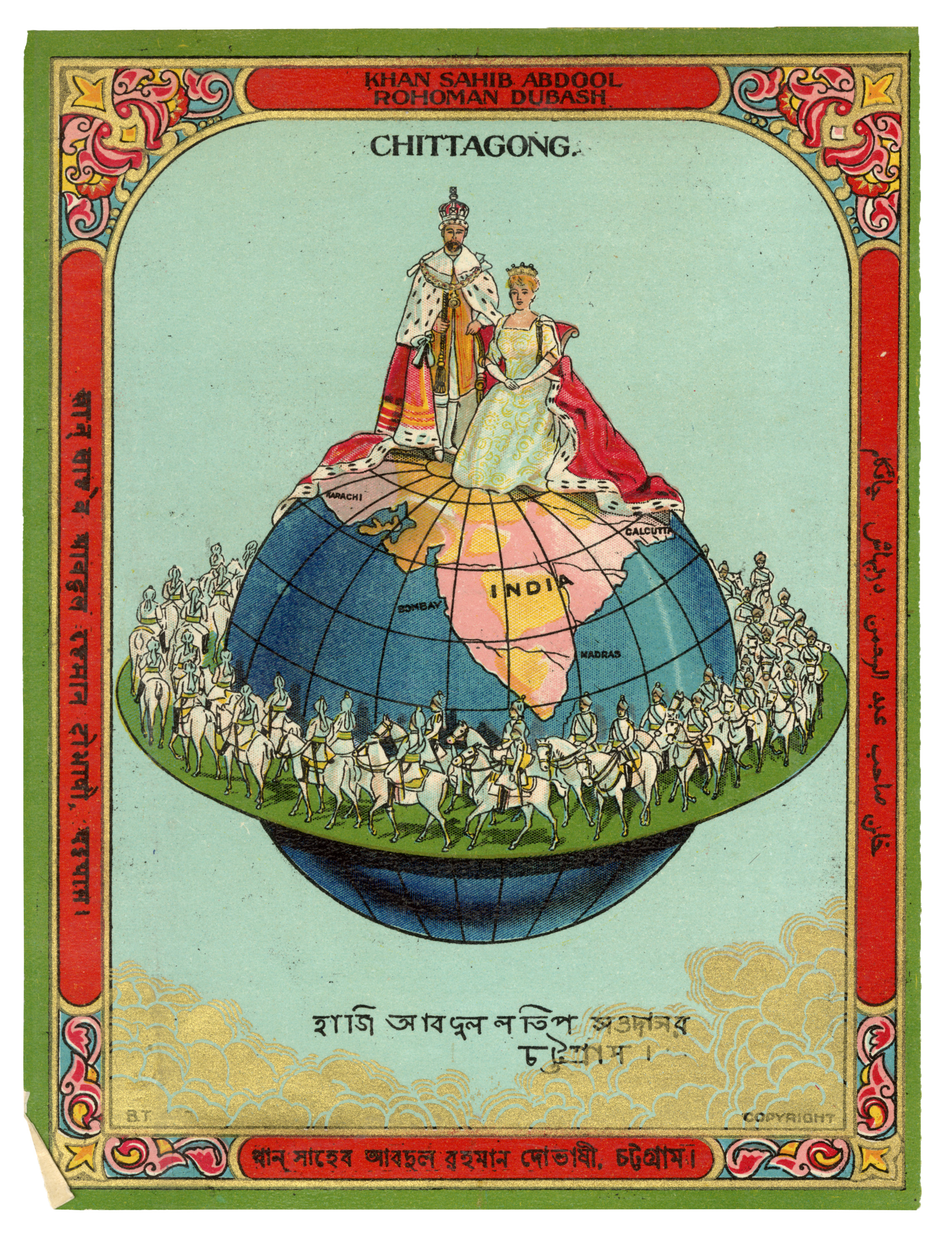
Aastha D. (she/they) is an independent scholar, essayist, and educator. They have degrees in architecture and its critical, curatorial, and conceptual practices. She founded the magazine Proseterity, and is also managing editor of the working group Insurgent Domesticities at the Center for the Study of Social Difference (CSSD) of Columbia University
-
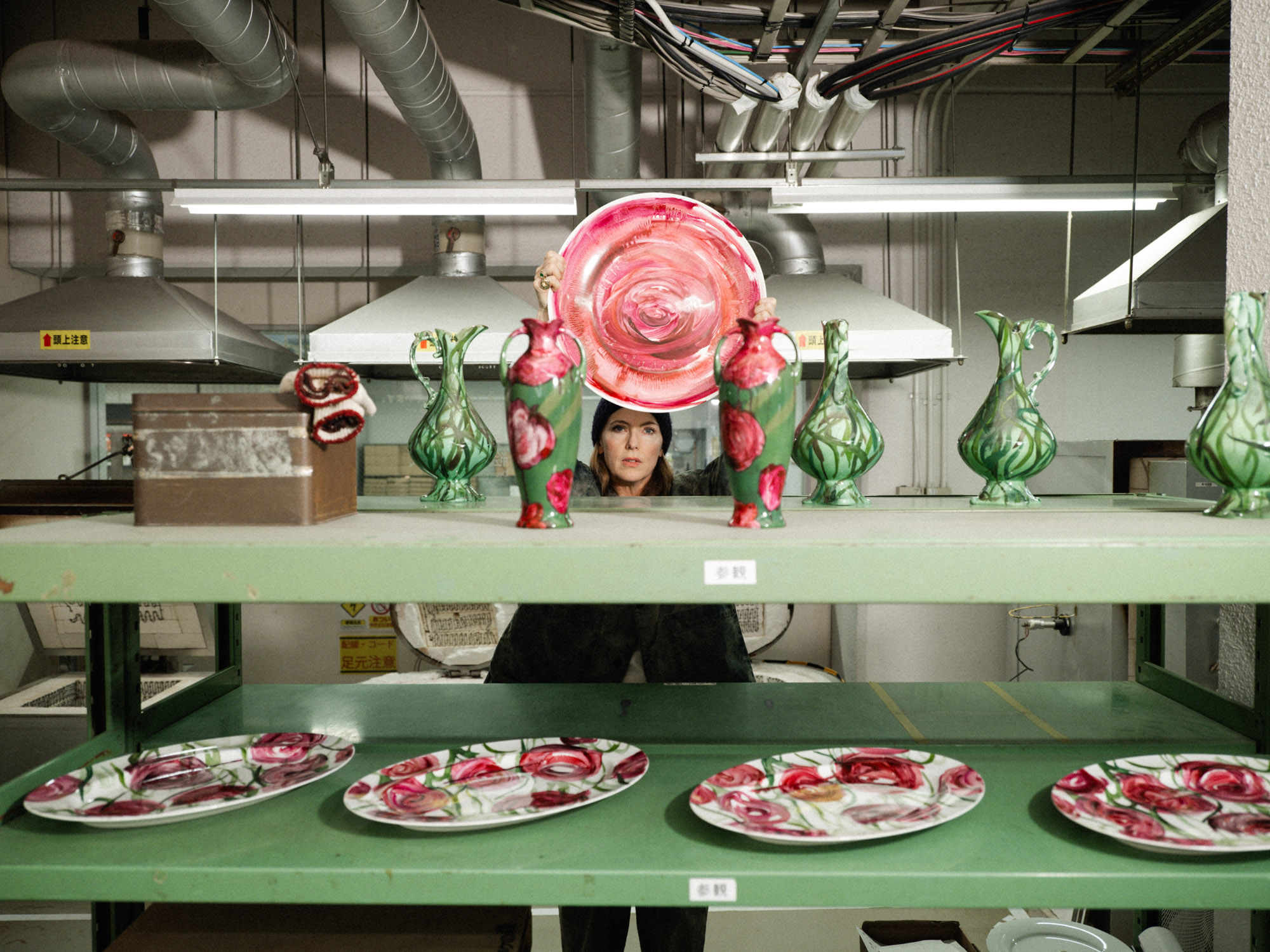 Faye Toogood comes up roses at Milan Design Week 2025
Faye Toogood comes up roses at Milan Design Week 2025Japanese ceramics specialist Noritake’s design collection blossoms with a bold floral series by Faye Toogood
By Danielle Demetriou Published
-
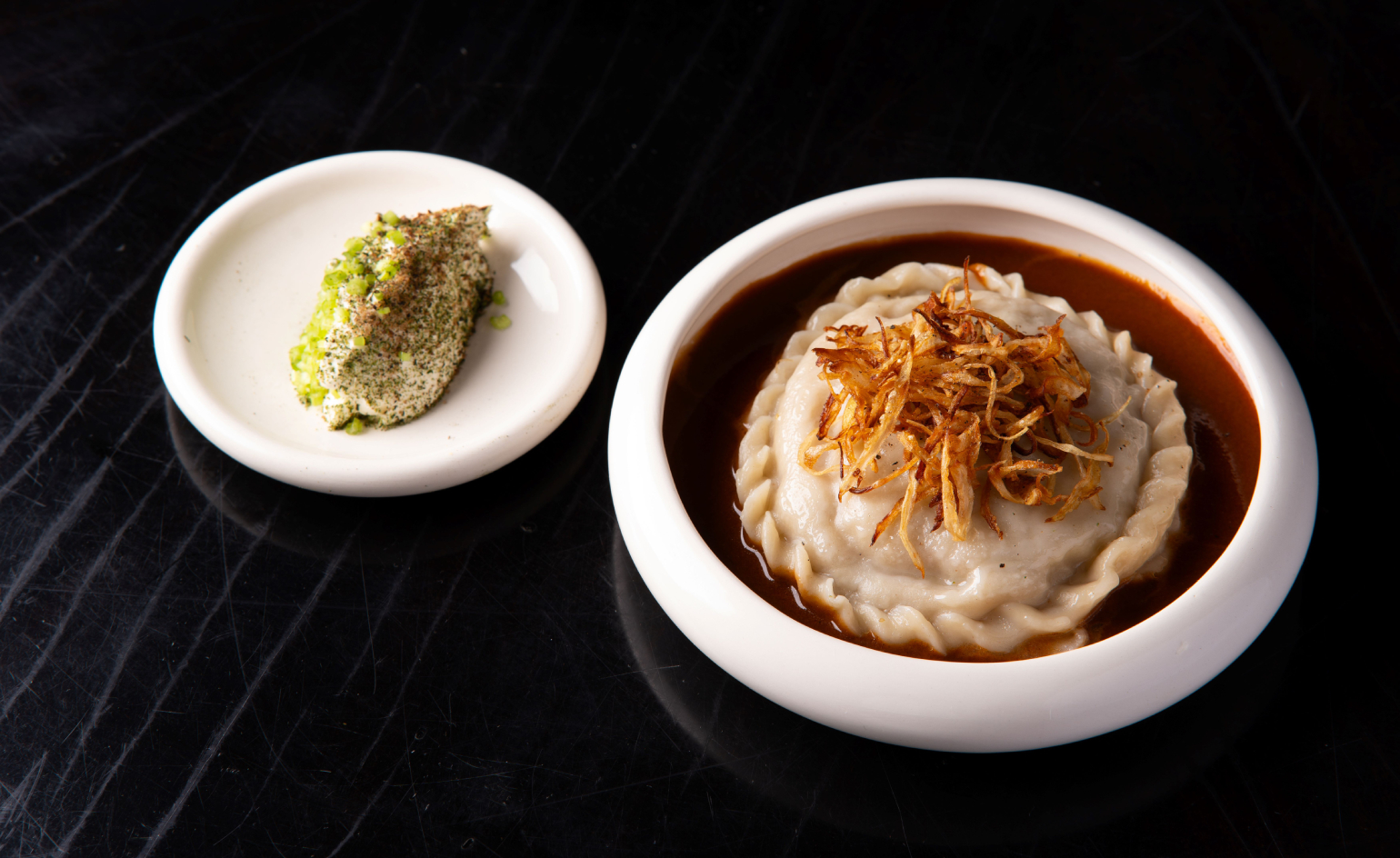 Tatar Bunar puts Ukrainian heritage front and centre
Tatar Bunar puts Ukrainian heritage front and centreFamily recipes and contemporary design merge at this new east London restaurant by Ukrainian restaurateurs Anna Andriienko and Alex Cooper
By Ben McCormack Published
-
 An octogenarian’s north London home is bold with utilitarian authenticity
An octogenarian’s north London home is bold with utilitarian authenticityWoodbury residence is a north London home by Of Architecture, inspired by 20th-century design and rooted in functionality
By Tianna Williams Published
-
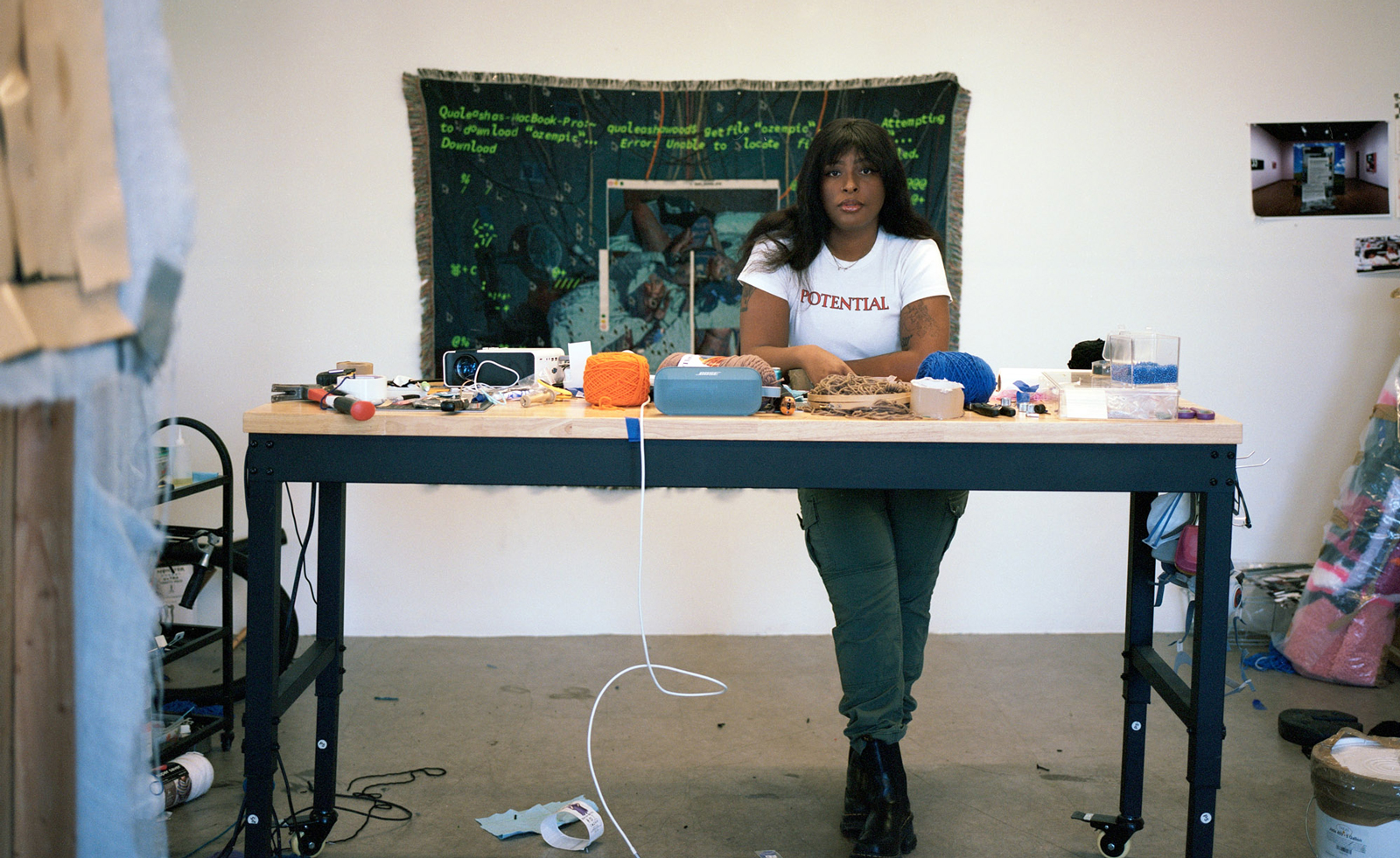 Artist Qualeasha Wood explores the digital glitch to weave stories of the Black female experience
Artist Qualeasha Wood explores the digital glitch to weave stories of the Black female experienceIn ‘Malware’, her new London exhibition at Pippy Houldsworth Gallery, the American artist’s tapestries, tuftings and videos delve into the world of internet malfunction
By Hannah Silver Published
-
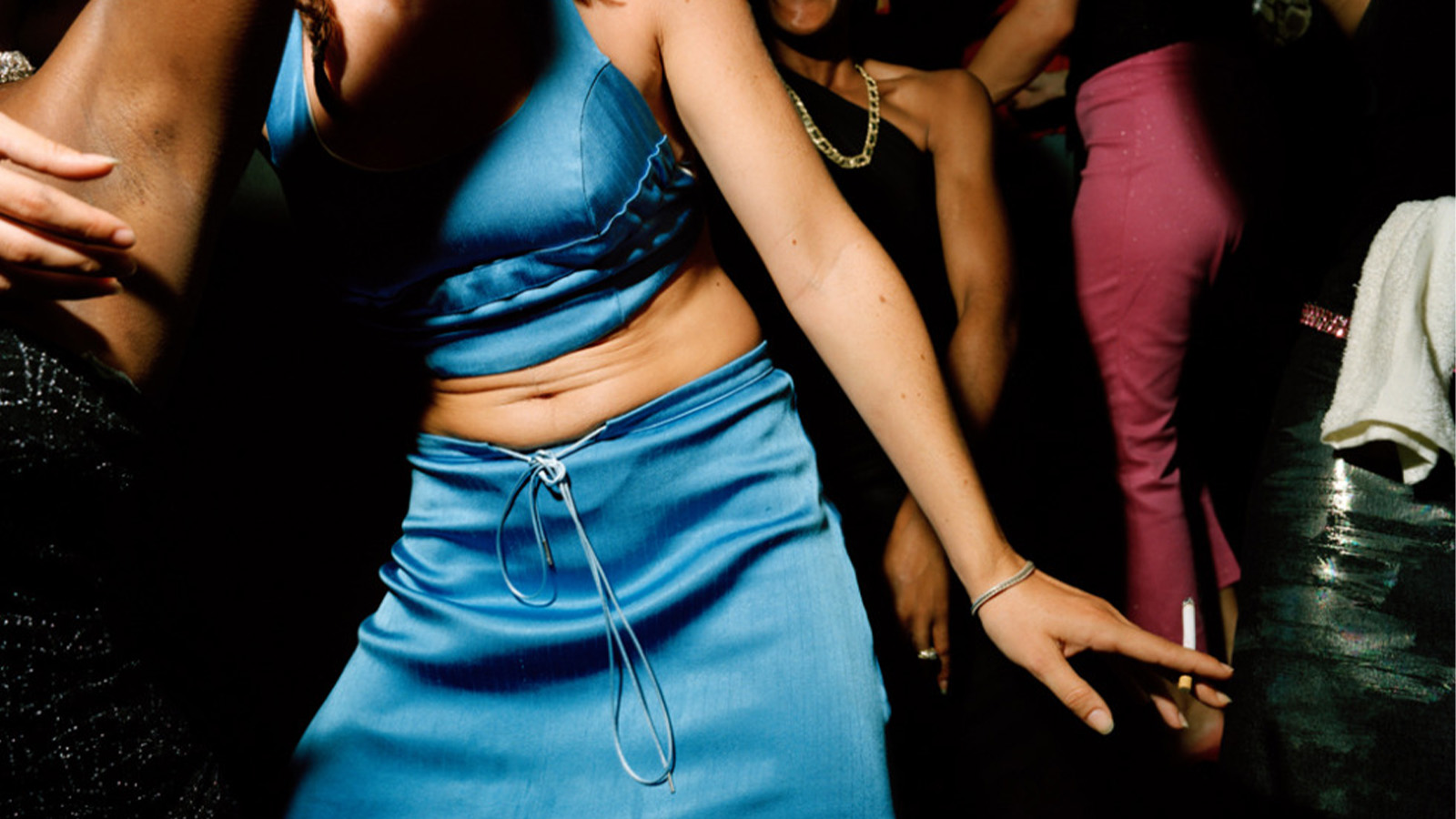 From counter-culture to Northern Soul, these photos chart an intimate history of working-class Britain
From counter-culture to Northern Soul, these photos chart an intimate history of working-class Britain‘After the End of History: British Working Class Photography 1989 – 2024’ is at Edinburgh gallery Stills
By Tianna Williams Published
-
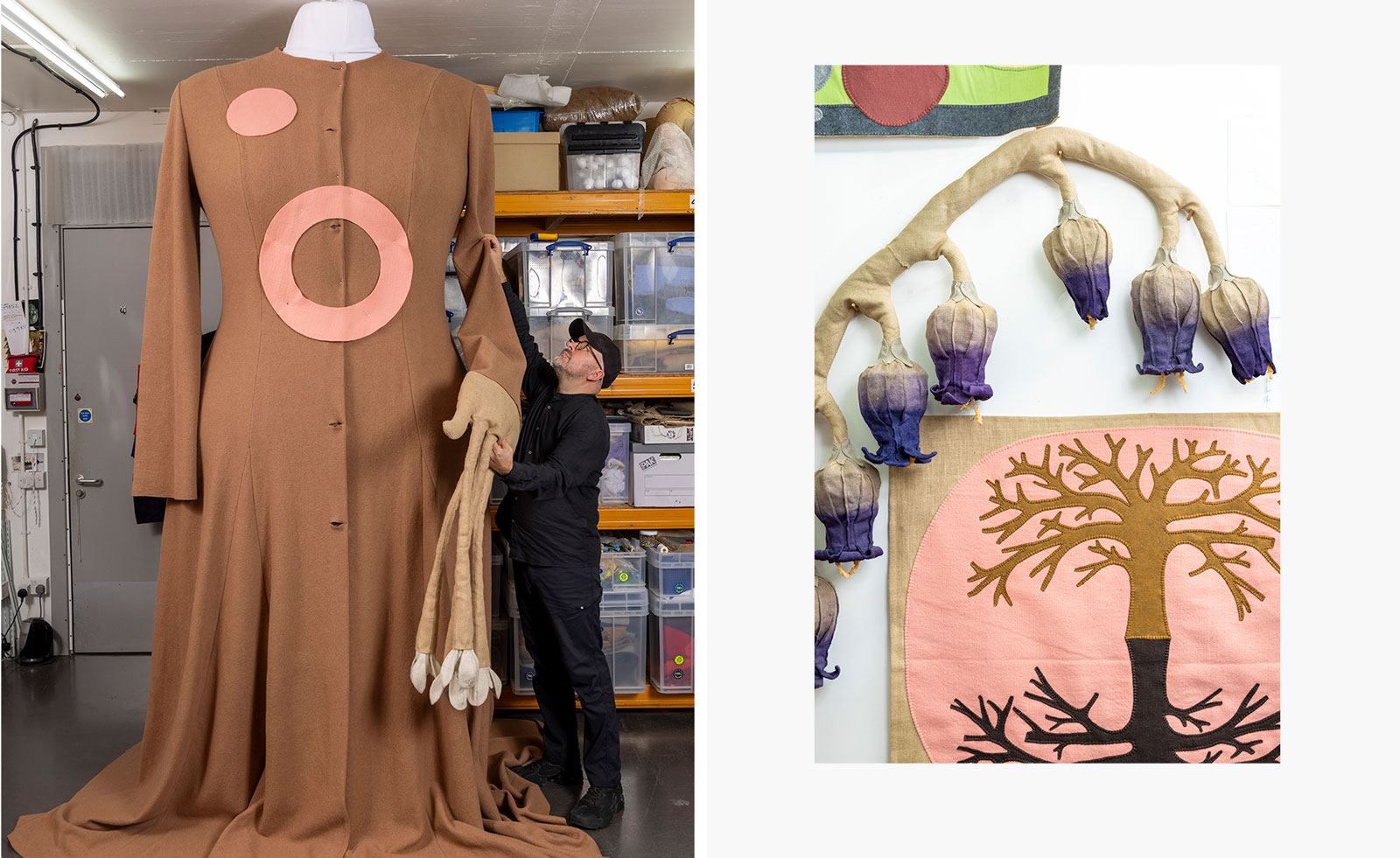 'We need to be constantly reminded of our similarities' – Jonathan Baldock challenges the patriarchal roots of a former Roman temple in London
'We need to be constantly reminded of our similarities' – Jonathan Baldock challenges the patriarchal roots of a former Roman temple in LondonThrough use of ceramics and textiles, British artist Jonathan Baldock creates a magical and immersive exhibition at ‘0.1%’ at London's Mithraum Bloomberg Space
By Emily Steer Published
-
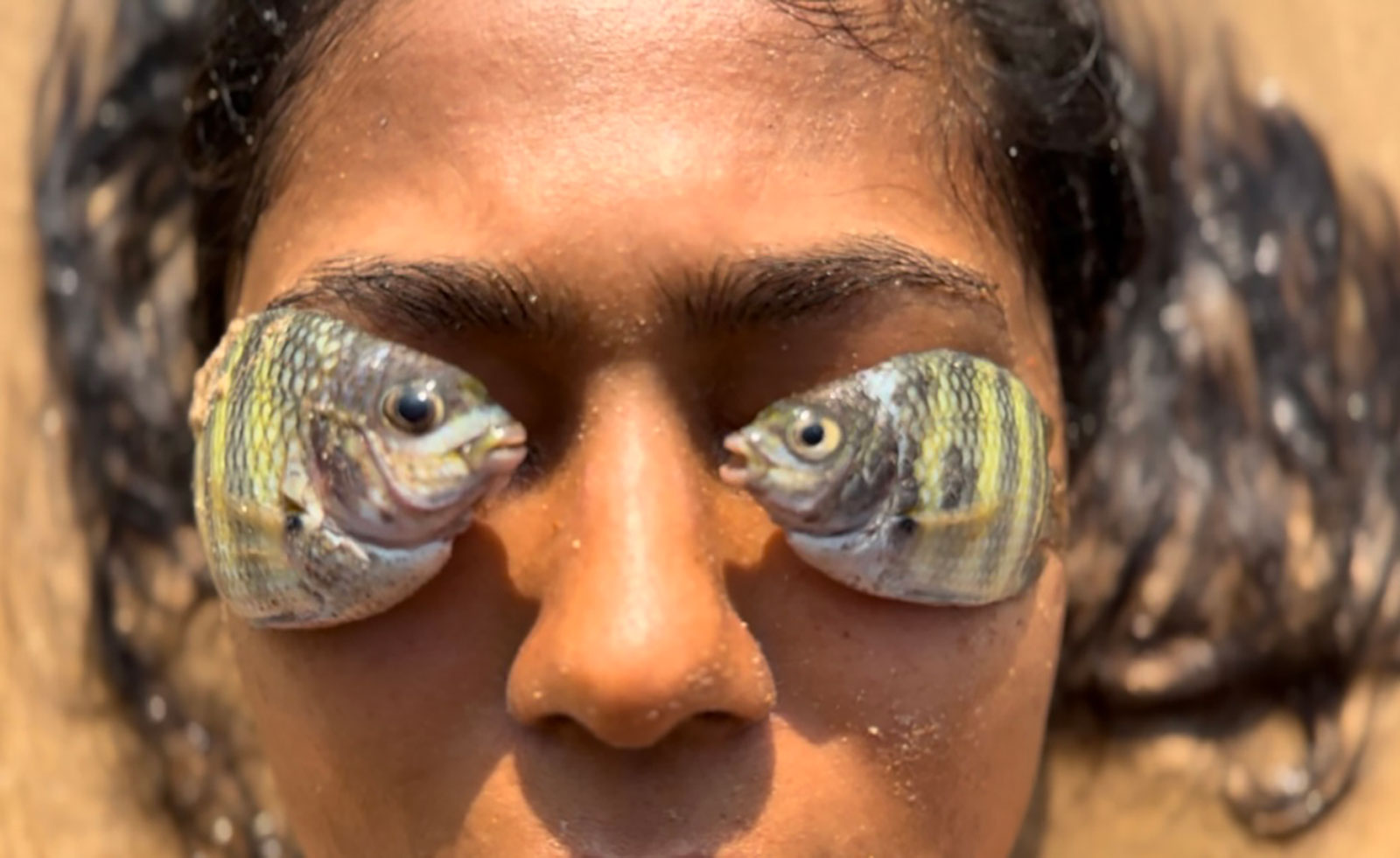 Inside India’s contemporary art scene
Inside India’s contemporary art sceneEmerging and established artists are bringing the spotlight to India, where Aastha D attended the recent India Art Fair
By Aastha D Published
-
 Surrealism as feminist resistance: artists against fascism in Leeds
Surrealism as feminist resistance: artists against fascism in Leeds‘The Traumatic Surreal’ at the Henry Moore Institute, unpacks the generational trauma left by Nazism for postwar women
By Katie Tobin Published
-
 From activism and capitalism to club culture and subculture, a new exhibition offers a snapshot of 1980s Britain
From activism and capitalism to club culture and subculture, a new exhibition offers a snapshot of 1980s BritainThe turbulence of a colourful decade, as seen through the lens of a diverse community of photographers, collectives and publications, is on show at Tate Britain until May 2025
By Anne Soward Published
-
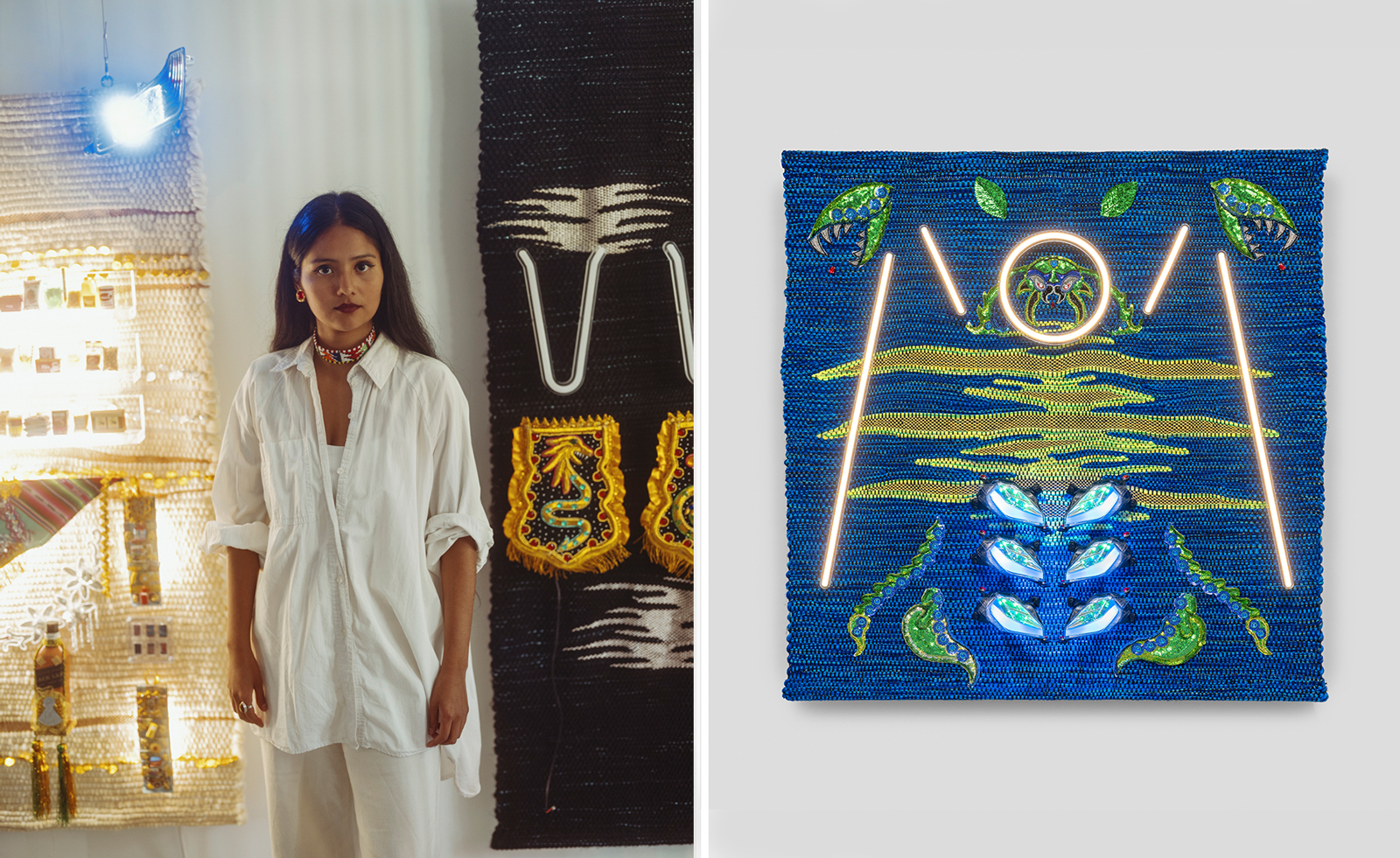 Meet Kenia Almaraz Murillo, the artist rethinking weaving
Meet Kenia Almaraz Murillo, the artist rethinking weavingKenia Almaraz Murillo draws on the new and the traditional in her exhibition 'Andean Cosmovision' at London's Waddington Custot
By Hannah Silver Published
-
 Jasleen Kaur wins the Turner Prize 2024
Jasleen Kaur wins the Turner Prize 2024Jasleen Kaur has won the Turner Prize 2024, recognised for her work which reflects upon everyday objects
By Hannah Silver Last updated